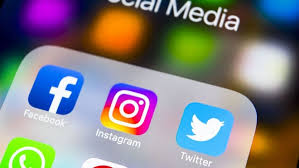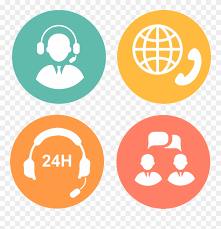It’s a common refrain in senior living that today’s assisted living communities are closer to yesterday’s skilled nursing facilities.
Seekers of Meaning Podcast Posted Online March 7, 2025
What's Next Longevity Deal Talk Episode 32, January, 2025
What's Next Longevity Venture Summit, June, 2025

 Reading about big tech controversies can make you sigh
Reading about big tech controversies can make you sigh You see PERS news releases on occasion. PERS -- Personal Emergency Response System -- is a long-time market dominated by pendants worn around the neck. Recently
You see PERS news releases on occasion. PERS -- Personal Emergency Response System -- is a long-time market dominated by pendants worn around the neck. Recently 